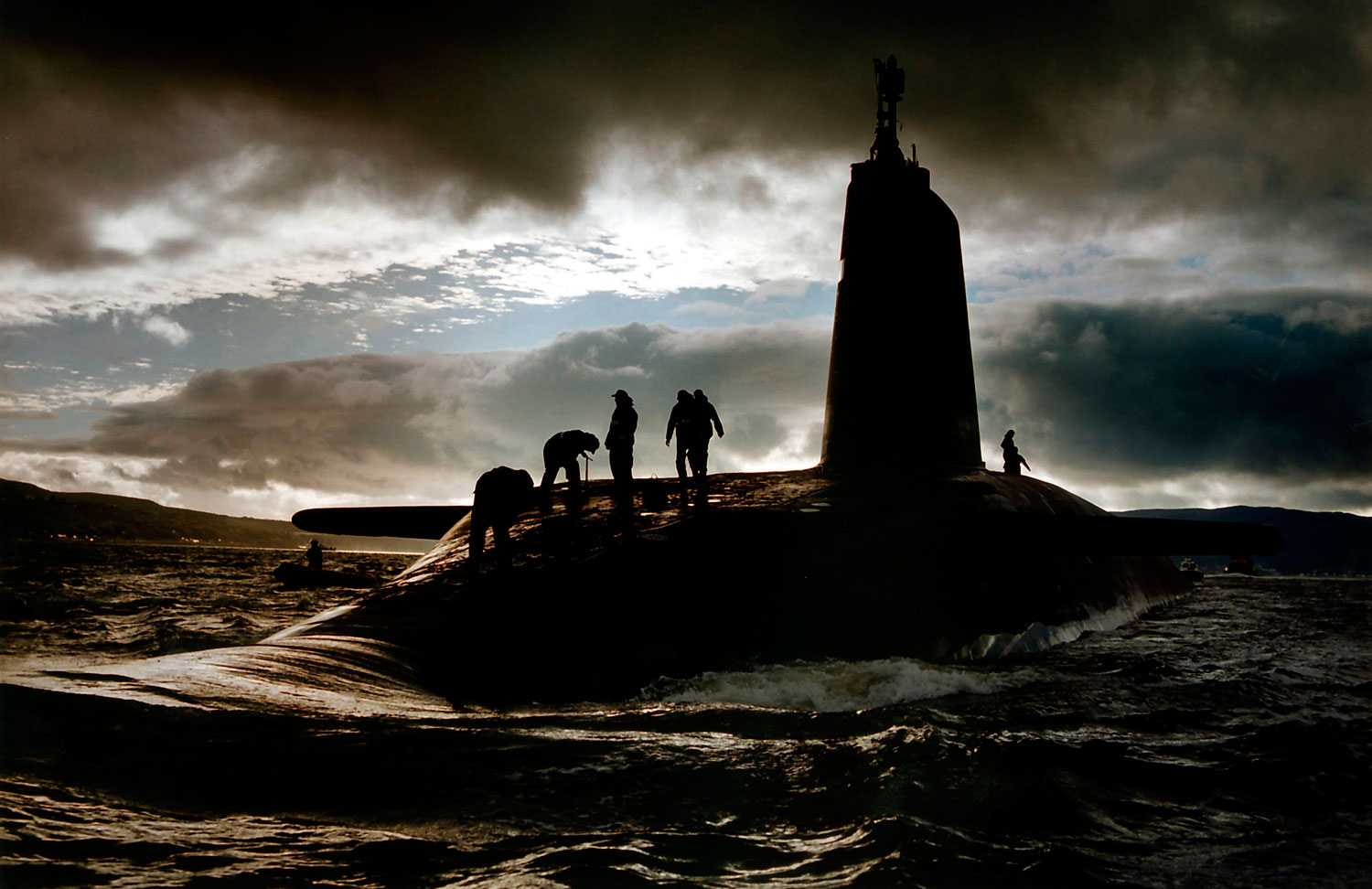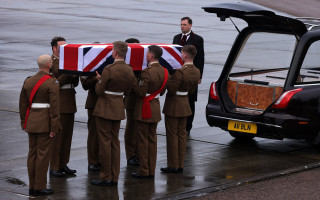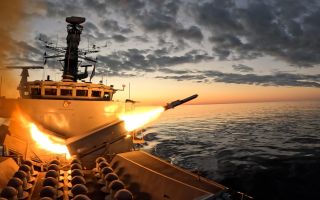
Navy
Comment: Trident - The Question No One Is Willing To Ask

Today the House of Commons debates Trident. That is the shorthand. MPs will put forward or debunk the arguments for having a so-called nuclear deterrent. The purpose is to endorse or oppose the government's programme to modernise the system.
But the hard question is not in the Parliamentary motion. The background to asking the toughest question is in the system itself.
The Trident system is four Vanguard-class submarines, each of which carries up to 16 submarine-launched ballistic missiles. The missiles carry nuclear warheads, some the size of the weapon that razed Hiroshima and Nagasaki in 1945 - some big enough to make a small country depopulated and barren for decades. The missiles are American. The warheads are British.
The debate to renew Trident is primarily about the submarines. They have been in service since the mid-1990s. By the time of replacement they will be about 30 years old. So it is the boats, not the missiles and warheads, that need the nod to be replaced.
More from Forces.tv: #SDSR2015 - New £40 Billion Pricetag For Trident Replacement
The debate in the Commons centres on the value of Trident as a deterrent. Truth is there is no evidence that Trident, or its predecessor Polaris, was ever a deterrent to a nuclear attack by the USSR. The argument that there has never been a nuclear war and therefore British deterrence worked is clearly shabby scholarship.
If deterrence did work then US nuclear missiles, and not the British and French, stopped war between America and the Soviet Union. The UK and France have nuclear weapons because in the 1960s every military scenario was convincing enough that both nations, as part of their status as permanent members of the United Nations Security Council, regarded the submarine launched missile as the best weaponry and so built them.
The land-fired and air-launched nuclear programme was vulnerable to attack and had no guarantees of getting through Soviet defences. But the submarine could hide and with the introduction of Trident could hit Moscow from the depths of the South Atlantic - 6,000 miles away. Polaris and then its successor Trident were perfect for the job - or so it was argued.
When in the 1960s HMS Resolution went into service carrying sixteen UGM-27 Polaris A3 missiles the deterrence case was overwhelmingly successful although it did inspire the formation of nuclear protest groups.
More from Forces.tv: George Osborne's Trident Ultimatum
But today, the case is not so easily argued. Instead successive governments and oppositions present the case for renewing what the UK has already - the so-called Successor Programme. And it is here that we come to the question that if answered truthfully would destroy the government's case for Trident renewal.
Having asked six former Defence Ministers on both sides of the House, the view has been there is no sure evidence of deterrence and few would ever "press the button". The military is the only group that would ever recommend "nuclear release" and probably starting at the battlefield level.
In short, the UK bought Trident for the right reasons. It is renewing it for the wrong reasons. Therefore, no one in today's Commons debate asks the hardest question:
If the UK did not have Trident would it go out and buy one? It is not asked because the answer is No, it would not.
Christopher Lee is the BFBS and Forces TV Defence Analyst. He can be heard on Sitrep, the only weekly radio programme devoted to discussing the big issues in Defence. You can Listen Again here, tune-in every Thursday via DAB or download the podcast or the BFBS Radio App.










